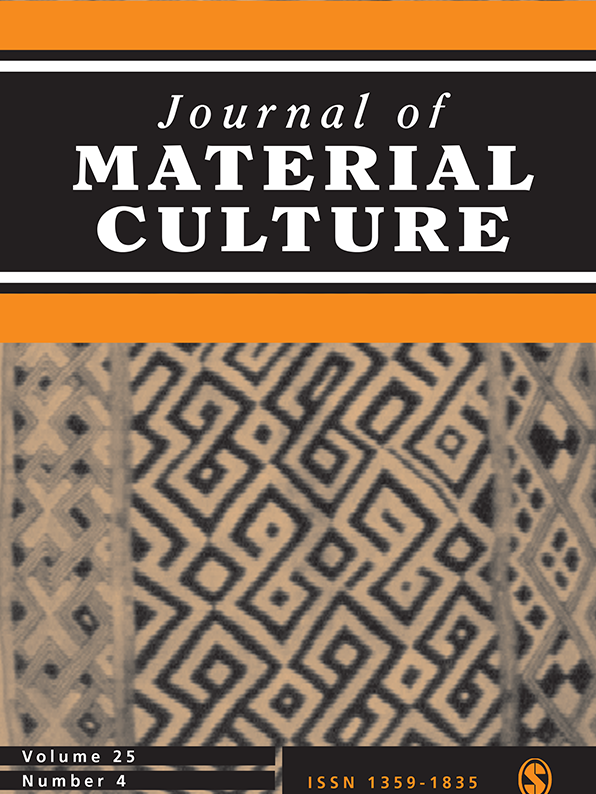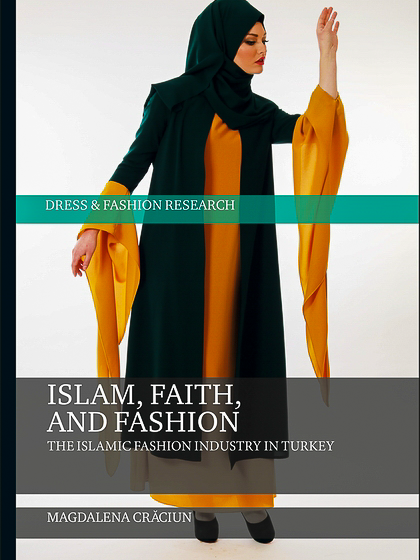
2020

2019

2019
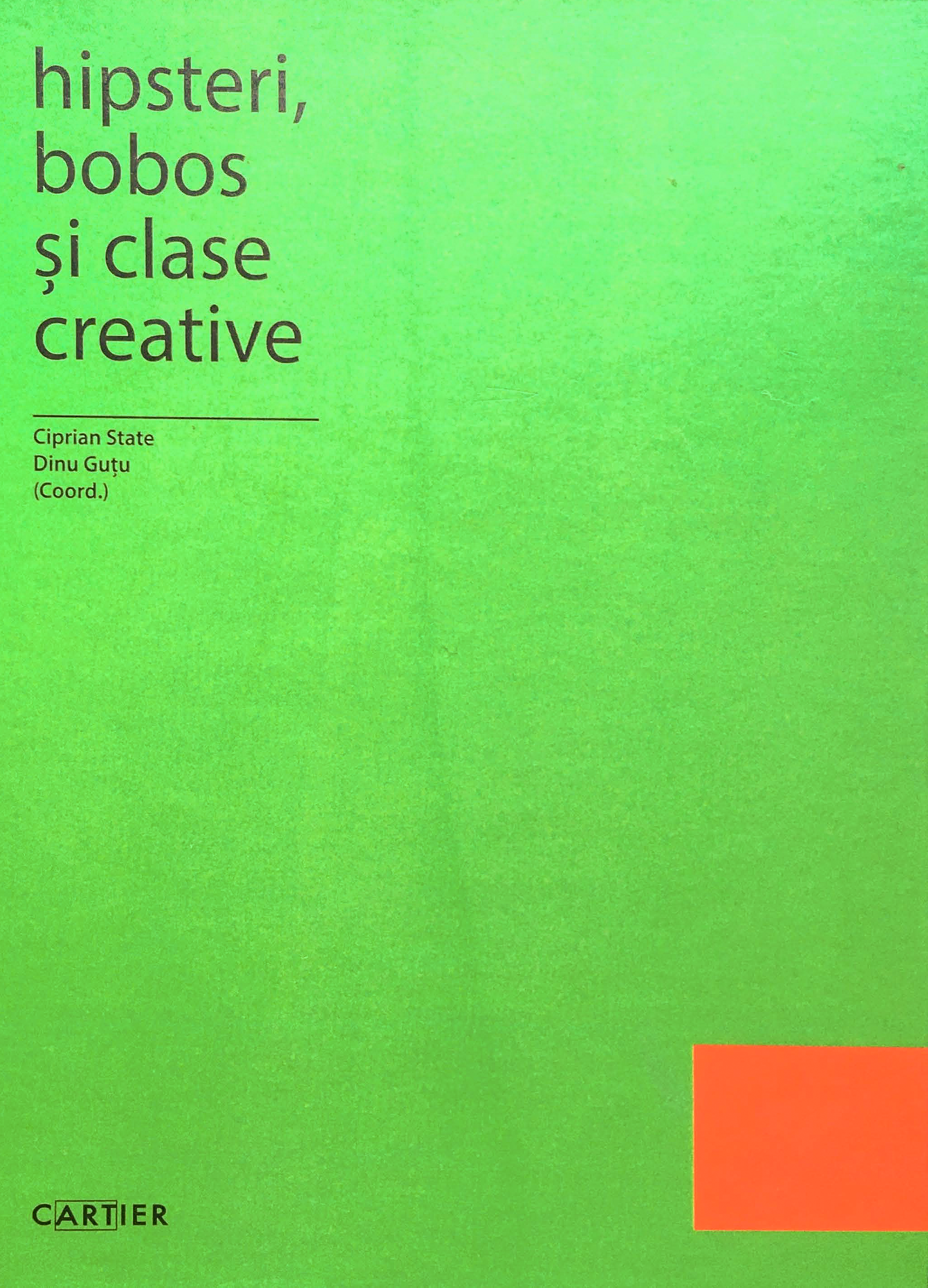
2019

2017
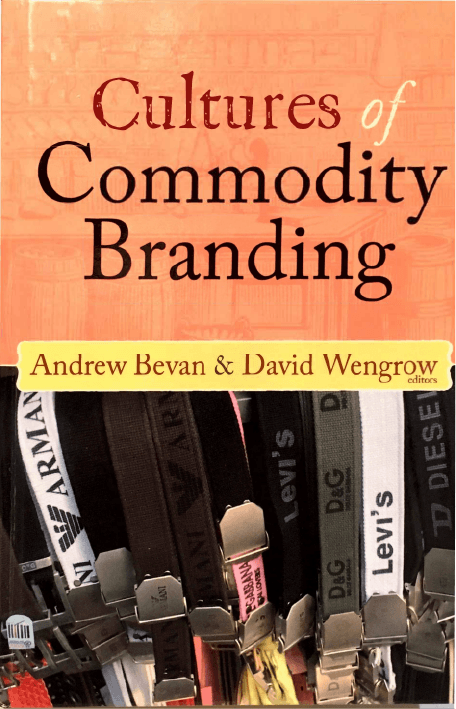
2010
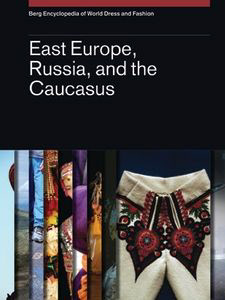
2010

2009
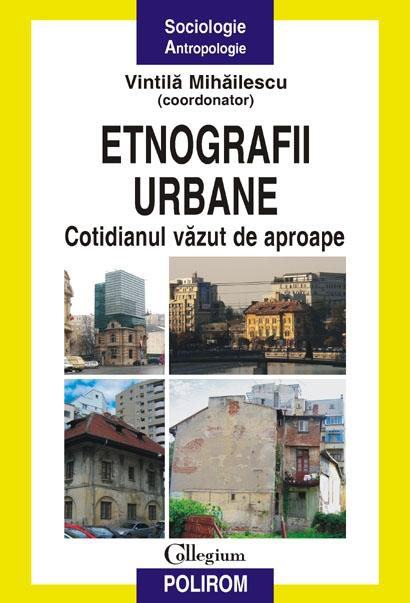
2009
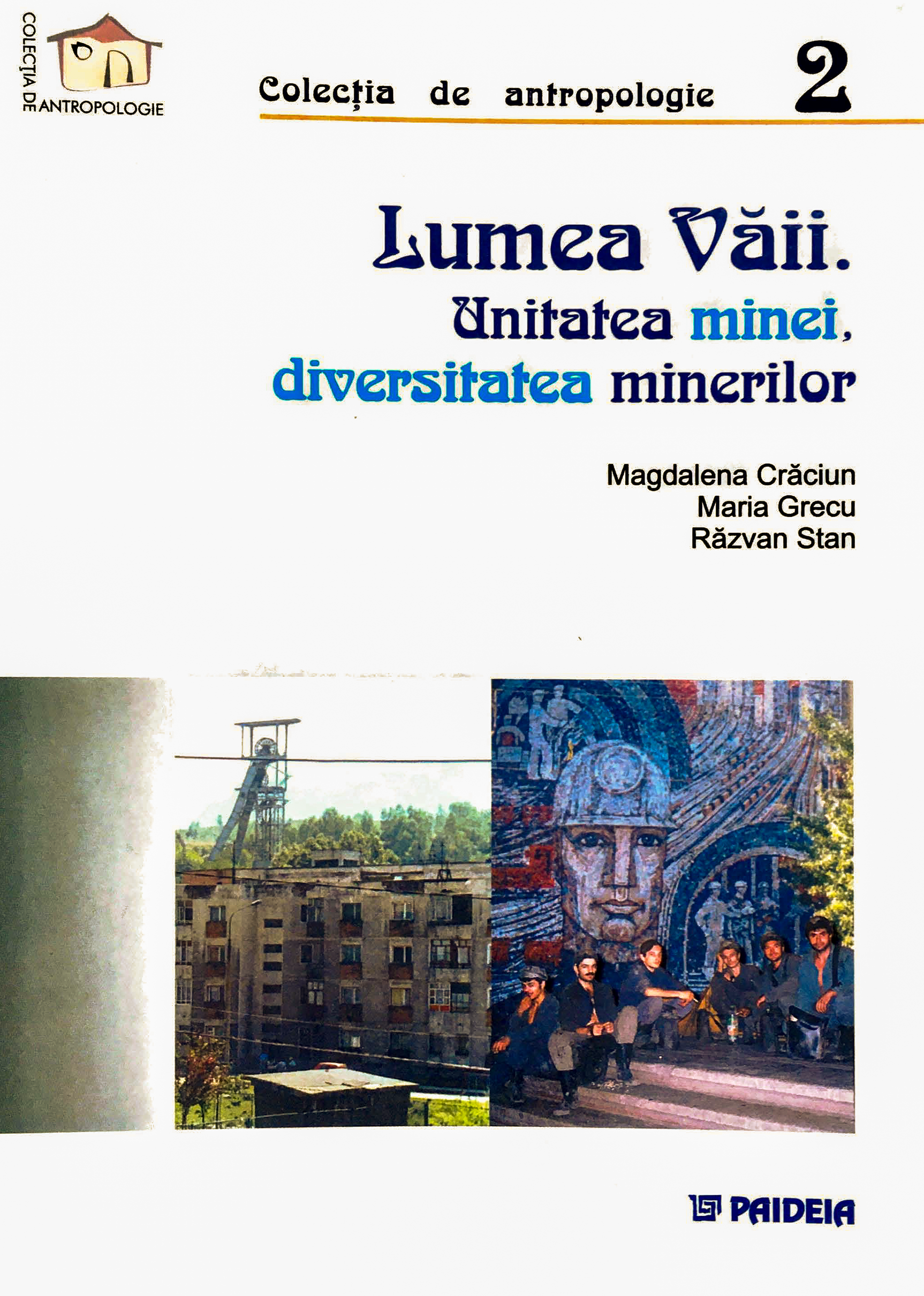
2002
Fake brands: The Romantic basis of their conceptualisation
CITE:
Crăciun, M. (2020) ‘Fake brands. The Romantic basis of their conceptualisation’. In Fake for Real. A History of Forgery and Falsification. Temporary Exhibition Catalogue A. Monk, T. Ryan and J. A. Hale (eds). Luxembourg: Publications Office of the European Union (p. 172 –187)
In the routine of daily life, the sensational, spectacular and supernatural are sweet seduction. They allow us to escape the ordinary. But the game of deception is only fun when we have agreed to it. When we are deliberately deceived, we are on the losing side in many regards, losing our money, credibility, integrity or even our existence.
While the current quantity of (dis)information is unprecedented, the problem is an ancient one. History is filled with countless examples of fake masquerading as real. The Trojan Horse, a mythological archetype of deception, symbolically links ancient history to very contemporary problems of the internet-dominated world.
From the lessons of the past, a roadmap can be pieced together: one that lets us wander into the realm of the fantastical and fabricated when we want to, while providing an exit strategy for when we are ready to return to reality.
Fake brands
CITE:
Crăciun, M. (2019) ‘Fake brands’. In The Anthropology of Dress and Fashion. A Reader, ed. B. Luvaas & J. B. Eicher. London: Bloomsbury Publishing (p. 374 – 383)
Anthropologists have examined how diverse human populations modify and dress their bodies since the earliest days of the discipline. The Anthropology of Dress and Fashion: A Reader is the first authoritative anthology of the seminal writings of anthropologists studying clothing and fashion. From classic ethnographies of dress to cutting-edge contemporary research tracing the global circulation of clothing today, this comprehensive volume maps out this vibrant field of study's shifting preoccupations, theoretical innovations, and traditional and experimental methodologies.
Lost battles of de-bobbling
CITE:
Crăciun, M. (2019) ‘Lost battles of de-bobbling’. In Repair, Brokenness, Breakthrough. Ethnographic Responses, ed. F. Martínez & P. Laviolette. Oxford: Berghahn (p. 225-227) ISBN 978-1-78920-331-8
Exploring some of the ways in which repair practices and perceptions of brokenness vary culturally, Repair, Brokenness, Breakthrough argues that repair is both a process and also a consequence which is sought out—an attempt to extend the life of things as well as an answer to failures, gaps, wrongdoings, and leftovers. This volume develops an open-ended combination of empirical and theoretical questions including: What does it mean to claim that something is broken? At what point is something broken repairable? What are the social relationships that take place around repair? And how much tolerance for failure do our societies have?
Gust pentru gust: Un dialog antropologic despre hipsteri
PUBLICATION IN ROMANIAN
CITE:
Crăciun, M. & Florin Poenaru (2019) ‘Gust pentru gust. Un dialog antropologic despre hipsteri’, In Hipsteri, bobos si clase creative ed. C. State & D. Gutu. Chișinău: Cartier (p. 302-312) ISBN 987-9975-79-947-8.
Unii îi numesc creativi, alții bobos sau hipsteri. În America au fost inițial copiii răzvrătiți ai încuiatei culturi WASP, mixând elemente de contracultură a anilor ’60 cu capital cultural, business creativ și meritocrație pe pâine. La noi, un trib urban firav apărut după 2000, fascinat de cultura indie, electronică și consumul alternativ, se transformă în scurt timp într-o adevărată clasă în sine, în opoziție cu cultura dominantă a WASP-ilor noștri, reprezentați de baronii depășiți de vremuri și alte autorități tradiționale ce nu împărtășesc aceleași aspirații sau stil de viață cu noua clasă creativă. Băncile își fac programe de creditare pentru creativi, apar noi partide însetate să-i reprezinte, iar foști participanți la cultura de club și a stimulentelor bucureștene devin candidați pentru Parlamentul României. Cert este că noile clase creative sunt cele care fac muzica pentru valorile clasei de mijloc urbane în economiile capitaliste, printr-o conciliere (aparent paradoxală) a elementelor de contracultură cu ideea de reușită socioeconomică. Ca în afișul în care Bean de la Șuie Paparude/Subcarpați privește mândru spre viitor cu un start-up de sneakers produși local, finanțat de o bancă românească. Acest volum, fără a avea pretenții uber-academice, își propune să lanseze o dezbatere despre rolul noilor clase creative în peisajul actual românesc dintr-o perspectivă multidimensională. Contribuțiile vin din zone foarte diferite, de la teoria critică la peisajul clasial marxist, de la Bourdieu la bicicletele fixe, toate utile pentru o schiță a habitusului fluid al hipsterilor și claselor creative românești.
Islamic style
CITE:
Crăciun, M. (2017) ‘Islamic style’ Bloomsbury Fashion Photography Archive
https://www.bloomsburyfashioncentral.com/products/fashion-photography archive/article/islamic-style
Fashion designers have found aesthetic inspiration in past and present sartorial repertoires. Islamically appropriate forms of covered dress are no different in this regard. Consequently, headscarves, face veils and head-to-toe outerwear have occasionally appeared on the catwalk. Fashion commentators have pointed out that such creations and assemblages referenced ethic, traditional, historical, exotic or oriental dress, and only rarely labelled their source of inspiration as Islamic style. The notable exception is Chalayan’s creation of a series of chador-inspired pieces to comment on, in his words, ‘the cultural loss of self’ through covering. Fashion commentators interpreted this series as a political stance against the oppression of Muslim women.
The work of an Istanbulite imitasyoncu
CITE:
Crăciun, M. (2010) ‘The work of an Istanbulite imitasyoncu’. In Cultures of Commodity Branding, ed. D. Wengrow. Walnut Creek, CA/London: Left Coast Press/Routledge (p. 87-108)
Commodity branding did not emerge with contemporary global capitalism. In fact, the authors of this volume show that the cultural history of branding stretches back to the beginnings of urban life in the ancient Near East and Egypt, and can be found in various permutations in places as diverse as the Bronze Age Mediterranean and Early Modern Europe. What the contributions in this volume also vividly document, both in past social contexts and recent ones as diverse as the kingdoms of Cameroon, Socialist Hungary or online eBay auctions, is the need to understand branded commodities as part of a broader continuum with techniques of gift-giving, ritual, and sacrifice. Bringing together the work of cultural anthropologists and archaeologists, this volume obliges specialists in marketing and economics to reassess the relationship between branding and capitalism, as well as adding an important new concept to the work of economic anthropologists and archaeologists.
Fake branded clothing in post-socialist Romania
CITE:
Crăciun, M. (2010) ‘Fake branded clothing in post-socialist Romania’ In the Berg Encyclopaedia of World Dress and Fashion (East Europe, Russia, Caucasus) ed. D. Bartlett. Oxford: Berg.
Fake branded clothes, mostly of foreign origin, ranging from cheap versions to high-quality copies and seconds of originals with imperceptible defects, can easily be found in Romania in open-air markets or well-established shops, in shop windows or “under the counter,” and in many people’s wardrobes. Behind such goods, there are various interconnected phenomena—for example, an informal economy, opportunities, compromises, and constraints in post-socialist consumption, as well as the increasing social and economic significance of brands. Fake branded clothes are present due to information leaks, growing manufacturing capacities, knowledge transfer at sites of production, and the global trade in fakes, which is conducted through myriad visible or invisible trade routes. Furthermore, the presence of fake branded garments is closely linked to other issues that are less societal and more personal, such as involvement with and commitment to goods and the material importance of objects.
Trading in fake brands, self-creating as an individual
CITE:
Crăciun, M. (2009) ‘Trading in fake brands, self-creating as an individual’. In Anthropology and the Individual. A Material Culture Perspective, ed. D. Miller. Oxford: Berg (p. 25-36)
Anthropology is usually associated with the study of society, but the anthropologist must also understand people as individuals. This highly original study demonstrates how methods of social analysis can be applied to the individual, while remaining entirely distinct from psychology and other perspectives on the person. Contributors draw on approaches from material culture to create fascinating portraits of individuals, offering analytical insights that convey ethnographic encounters with often extraordinary people from Turkey, Spain and Britain to Albania, Cuba, Jamaica, Mali, Serbia and Trinidad. Exploring relationships to places and spaces such as social networking sites, to persons such as parents, to ethical concerns such as fairness and to concepts such as the ideology of struggle, Anthropology and the Individual shows how the study of the individual can provide insights into society without losing a sense of the particularity of the person.
Europa, o piaţă faimoasă în România postsocialistă
PUBLICATION IN ROMANIAN
CITE:
Crăciun, M. (2009) ‘Europa, o piaţă faimoasă în România postsocialistă”. In Etnografii urbane. Cotidianul vazut de aproape, ed. V. Mihăilescu. Iași: Polirom (p. 89-134)
Analiza cotidianului a deschis antropologia spre noi zone de aplicabilitate si interactiunea cu alte discipline, de la urbanism la marketing, interesate la rindul lor de ce se ascunde in spatele comportamentelor noastre cotidiene. Studiile grupate in volum acopera subiecte dintre cele mai diverse, legate intre ele prin perspectiva comuna a acestei metodologii. Toate au in vedere fenomene sociale din spatiul urban, in discontinuitate cu orice fel de „fapte traditionale” petrecute sau presupuse a avea loc in lumea rurala. Titlul asuma aceasta rasturnare tematica si pozitioneaza volumul in contextul academic si epistemologic al antropologiei din Romania, stiut fiind ca aceasta nu a patruns decit foarte recent in oras.
La umbra minei: populatia autohtona din Valea Jiului
PUBLICATION IN ROMANIAN
CITE:
Crăciun, M. (2002) ‘La umbra minei: populatia autohtona din Valea Jiului’ (In the mine’s shadow: the peasants of the Jiu Valley). In Lumea Vaii. Unitatea Minei, Diversitatea Minerilor, ed. Magdalena Crăciun, Maria Grecu & Răzvan Stan. Bucuresti: Paideia (p. 45-64)
Cum se poate scrie despre mineri după Mineriade? Un singur lucru ni se pare evident: nu din perspectiva Mineriadelor! Rezultaltul unor cercetări colective de teren, cartea de față încearcă să pătrundă mai adânc în „Lumea văii”, dincolo de reprezentările curente despre mineri, fie că este vorba despre „avangarda proletariatului”, ”masă de manevră” sau solidaritate ”tradițională” a minerului.

